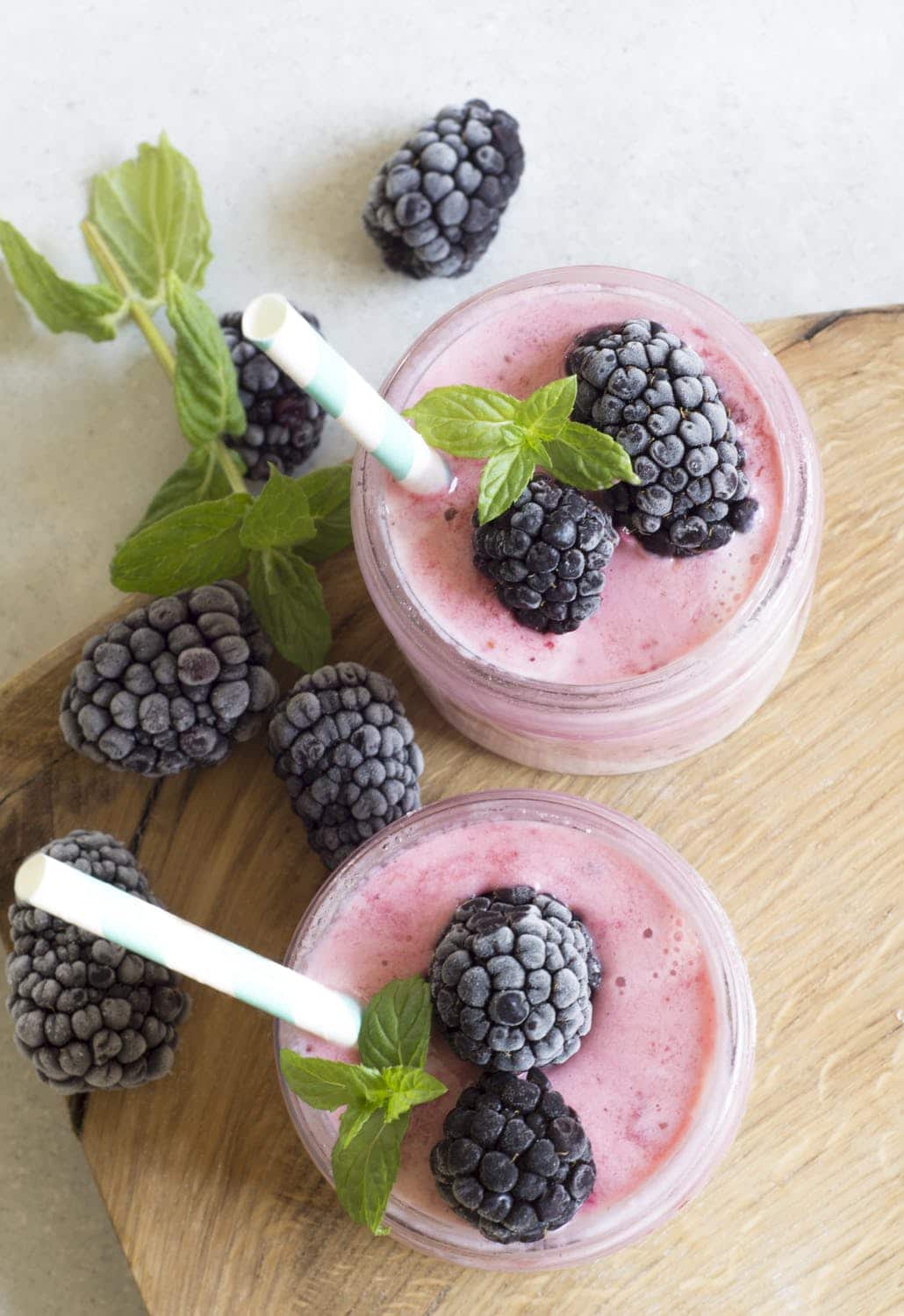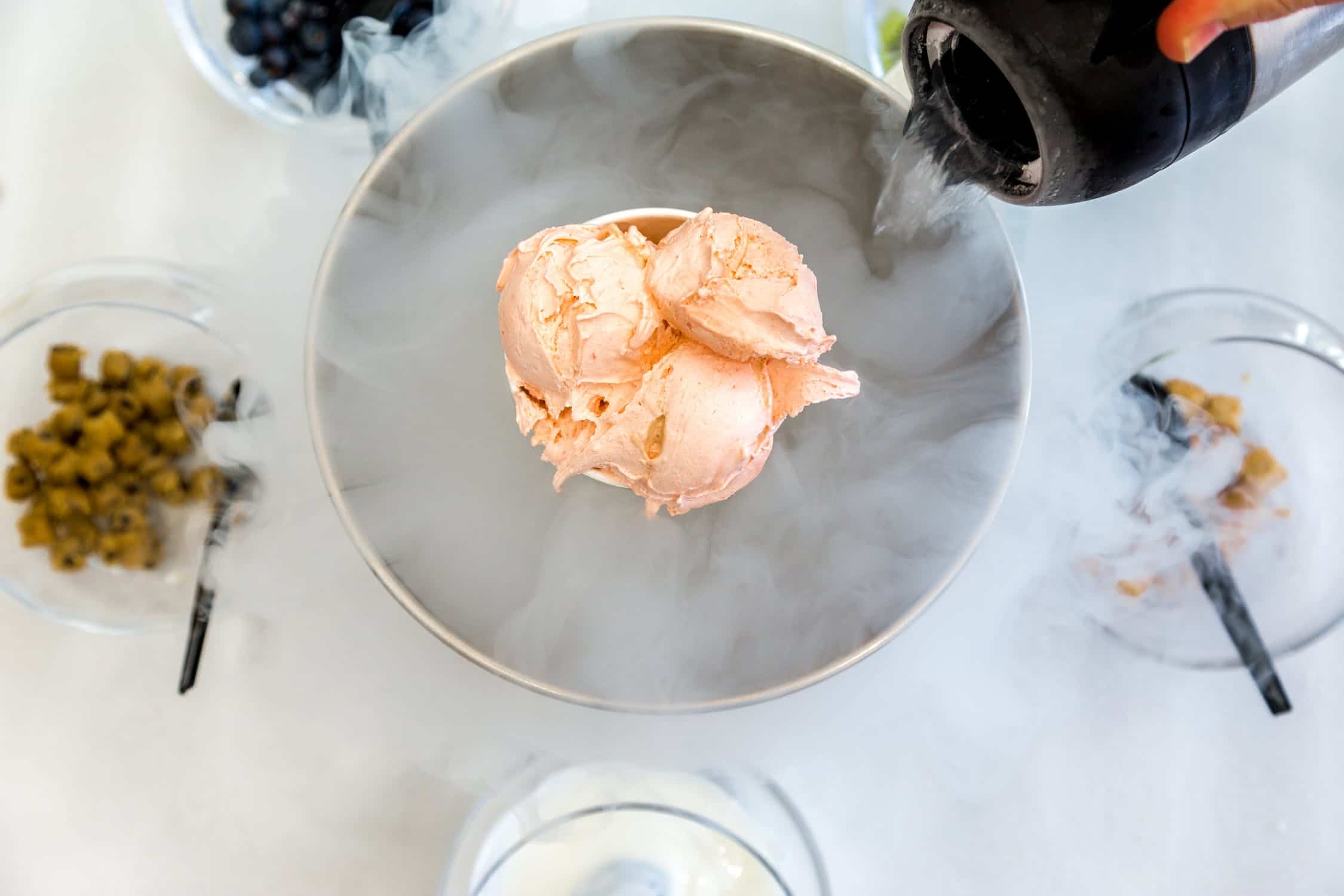Preserving foodstuffs can turn to be quite an issue for many of use since choosing a proper package influences the duration of storage significantly. Wrapping or packing the products wrongly often leads to reducing the term of preservation and spoilage of the foodstuff.
To avoid such a scenario, we prepared a guide about the handiest and most effective methods of packaging.
Hope you will enjoy it!
How to Choose a Packing For Freezing Food
Probably, most of us have experienced that situation when we had to reach for the packet with frozen food through the whole frosting camera loaded with ice-hard packages with products.
Indeed, a proper package is important but not only in terms of food’s lifespan extension – it can organize the freezer space significantly better making it easier for us to find what we need right now.
And since freezing is such a popular method of preserving food because of its convenience and little time it takes, knowing how to pick the correct container is a must for any prudent housewife.
But how do we find a proper packaging? The first thing we need to think about is the type of material that the container will be made of.
Since air and moisture are the worst enemies of our foodstuffs in the frosting camera, it is essential for the tank to protect the content from those to prevent a freezer burn. Some materials let more air and moisture through them whilst others are more resistant. Moreover, the quality of the cover/package material will influence the quality of the thawed food!
Odors’ issue must also be taken into account since certain products absorb them better than others.
So how to figure out what exactly you need? Check out what we prepared for you in the chart below!
[table id=57 /]
Correct Package Of Foodstuff For Freezing
Freezing only seems that simple but in fact, it has certain nuances that have to be known if we want our foods to remain eatable and fresh after we defrost them. The way we pack the products will influence their defrosting and further taste and texture.
So instead of just tossing a packet to the frosting camera, make sure you do everything right.
- Don’t freeze massive pieces of food at once since they won’t freeze properly
- When preserving cooked foods, ensure the dishes are cool. Warm dishes will create condensation and speed up the spoilage
- If you need to freeze a dish that contains ingredients that freeze and defrost not equally fast (e.g. meaty casserole with veggies), it’s better to pack them separately
- For freezing something in bulk that will be later used little by little (e.g. berries, balls of dough, bread slices, etc.), the dry-pack option is the best choice. Spread the pieces evenly on a baking sheet covered with parchment paper, keep in the freezer until they’re solidified, and then remove to the freezer packet/tank and preserve
Such simple tricks will allow keeping various foods fresh longer without ruining their texture and savor.
Defrost It Right. Nuances And Hints
Many of us don’t want to waste time on defrosting and simply microwave the frozen foods, but this is a huge mistake! Such a method leads to spoiling the foodstuff, besides, it can degrade its quality and taste.
For safer thawing, try either to remove the frozen foods to the fridge or, if you’re short on time, immerse them into a bowl of cold water.

Like this, the defrosting process will undergo slowly and won’t harm the product keeping its texture and taste almost unchanged (we say almost because thawed foods will often taste a bit different than fresh ones anyway).
Freeze foods carefully and your dishes will always taste the best.
[wp-faq-schema title=”Frequently Asked Questions”]

Can you eat 2-year-old frozen meat? I have a whole chicken frozen but it was preserved for nearly 24 months. Is it still safe?
No, any meat must be discarded if it was kept frozen for more than 12 months.
Hi! I need your help people. Can you freeze eggs? Did anyone try it before, and if did, how it worked?
Yes, eggs are freezable when raw. You can actually freeze them either whisked or freeze yolks and whites separately – both will last for about a year.
What is the safest container to freeze food in? I already tried plastic packets but I don’t like them that much. Besides, plastic isn’t as healthy as I know. Could you advise me on something else?
Did you try glass tanks? They are rigid and can be airtight, besides glass is safer for the food you keep in it. I guess that could be an option.
I hope somebody could help me here. How do I start a frozen food delivery business? Does anyone have experience of this kind?
Well, I suppose you need to research the market and see what foods are needed most of all. And make a business plan, too. And you’ll need to decide whether you want to grow and sell your own frozen foods or buy them from suppliers. Calculating the budget is important as well: how much the equipment will cost, calculate the costs of delivery, etc.
How do you package and sell frozen food? Does anyone know how it happens? I’d like to start my small business but I don’t know what to start with.
I guess you need to decide what sort of package you’ll be using (packets, zip-top bags, containers, foil, etc.) and then to either buy equipment or the packets/containers. And of course, you can either sell them yourself in your shop if you have it or send to the big stores.